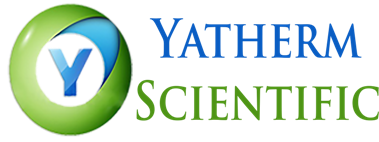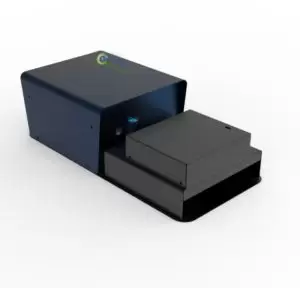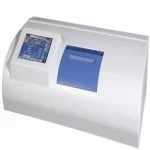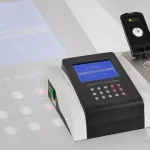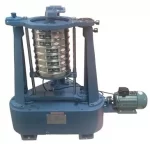DRY HEAT STERILIZER (Hot Air Oven)
The technology of high-temperature processing has been changed and advanced greatly. It has allowed everyone to successfully process hard materials and metals in safer equipments. In order to add value to the heat treatment processes, several manufacturers have devised hot air ovens. These basically provide higher levels of temperatures while maintaining a complete vacuum inside. This advancement greatly reduces the contamination caused by circulating oxygen and other components.
A hot air oven has also extended an option to create purer forms out of metals and other materials. Nowadays these instrument models are present in a large variety suitable for the lab that is used for research/ industrial work. At the industry level, these ovens are used to braze, sinter or melt precious metals into functional parts and accessories. Many things we used every day are manufactured using these ovens in factories.
Features of High-Temperature Laboratory Hot Air Oven
If you search the market for these products, you will find models that offer 5 grades of temperature to suit different melting and hardening requirements. These grades could be chosen according to the heat requirement for production or research. Many models of hot air oven instruments come with the facility to instantly cool the metals after processing. This basically helps in quick hardening and setting of the product.
The air-free environment also promotes the formation of contamination-free products that are more durable and have an enhanced shelf life. The machines also come with complete controls for temperature, inert gas flow, temperature uniformity, and others. With the help of this feature, the user could monitor and manage the processing being performed in these industrial or lab oven.
Buying Guide
These multi-utility advanced ovens are popularly present over the online market from different providers. While selecting any one of them, you need to check several elements such as temperature grade, ideal usage, capacity, versatility, etc. While purchasing the ovens online, you will get a myriad of options such as different types of alumina tubes to choose from, different heating zones, tube furnace position, temperature grades so on. Always select the provider that offers galore of options in every element of the furnace. This allows you to buy a compatible model for your requirements at the laboratory & factories.
Why Choosing Yatherm Is A Right Choice To Get Your Oven?
Yatherm is a leading hot air oven manufacturer with the achievement of creating equipment that could offer temperatures up to 400 degrees Celsius. Our ovens look like the rounded shape air heaters that come with the imported motor for circulation of fan.
We offer laboratory hot air ovens in a capacity that ranges from 45 liters to 2000 liters attached with a single and double door. Safety thermostats, timer, PLC with HMI, as well as outer complete SS 304 with inner stainless steel 316 are also attached optional accessories with our hot air equipment. It is our pleasure to offer hot air ovens at comparatively lower prices in India with the easily accessible onsite after-sales service.
